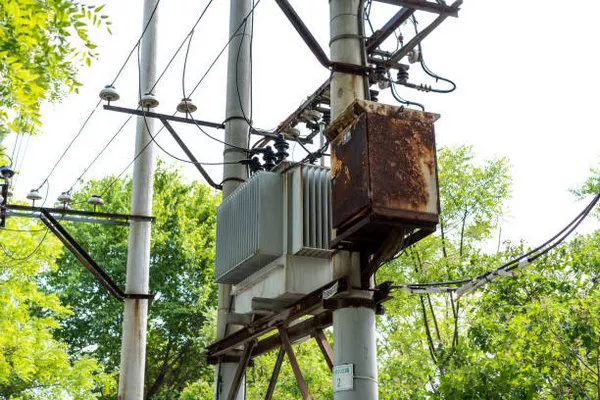In the ever-evolving realm of technology, transformers have emerged as indispensable components, playing a pivotal role in numerous applications. Originally designed for power distribution, transformers have undergone significant advancements, giving rise to a variety of types tailored to specific needs. This article aims to provide a comprehensive overview of the different types of transformers, shedding light on their functionalities and applications.
Power Transformers
Power transformers are the workhorses of the electrical grid, facilitating the efficient transmission and distribution of electrical energy. These transformers are classified into two main categories: step-up transformers and step-down transformers. Step-up transformers increase voltage for long-distance power transmission, while step-down transformers reduce voltage for distribution to end-users.
Distribution Transformers
Distribution transformers are crucial in the final stage of power delivery, stepping down voltage to levels suitable for domestic and commercial use. Typically mounted on utility poles or concrete pads, these transformers supply electricity to homes and businesses, ensuring a reliable power supply to end-users.
Instrument Transformers
Instrument transformers are specialized transformers designed for the measurement and protection of electrical systems. This category includes current transformers (CTs) and potential transformers (PTs). CTs step down current to levels manageable for measurement instruments, while PTs reduce voltage for accurate voltage measurements.
Isolation Transformers
Isolation transformers are employed to electrically isolate one circuit from another, preventing the flow of current between them. These transformers find applications in sensitive electronic equipment, providing protection against voltage spikes and noise. Medical facilities often use isolation transformers to ensure the safety of patients and equipment.
Auto Transformers
Auto transformers differ from conventional transformers in that they have a single winding that serves both the primary and secondary sides. This design allows for a more compact and lightweight transformer. Auto transformers are commonly used for voltage regulation and can provide both step-up and step-down functions.
Three-Phase Transformers
Three-phase transformers are designed to handle three-phase power distribution, which is common in industrial and commercial settings. These transformers come in various configurations, including delta-delta, delta-wye, wye-delta, and wye-wye, each suited to specific applications and voltage requirements.
Rectifier Transformers
Rectifier transformers play a crucial role in converting alternating current (AC) to direct current (DC) in rectifier circuits. These transformers are commonly used in industries that require a stable and controlled DC power supply, such as electrochemical processes and certain types of electronic equipment.
Audio Transformers
Audio transformers are specifically designed for transmitting audio signals while maintaining signal integrity. These transformers are found in audio equipment such as amplifiers, mixers, and recording devices. They help in impedance matching and eliminate interference, ensuring high-quality audio reproduction.
Pulse Transformers
Pulse transformers are optimized for transmitting pulses or rapid changes in electrical signals. They find applications in electronic circuits where precise timing and signal integrity are crucial, such as in radar systems, pulse generators, and communication equipment.
RF (Radio-Frequency) Transformers
RF transformers are designed to operate at radio frequencies, making them essential components in radio communication systems. These transformers aid in impedance matching, signal coupling, and filtering in RF circuits, contributing to the efficient transmission and reception of radio signals.
See Also: what is the turn ratio of transformer
Conclusion
In conclusion, transformers are a diverse and essential component in various electrical and electronic systems. From the robust power transformers that form the backbone of electrical grids to the specialized audio and RF transformers enabling seamless communication, each type serves a unique purpose. As technology continues to advance, the evolution of transformers persists, with ongoing innovations and adaptations to meet the demands of an ever-changing landscape. Understanding the different types of transformers is crucial for engineers, technicians, and enthusiasts alike, as it lays the foundation for the efficient and reliable functioning of modern electrical and electronic systems.

